Ghost Pepper: [Characteristics, Cultivation, Care and Disadvantages]
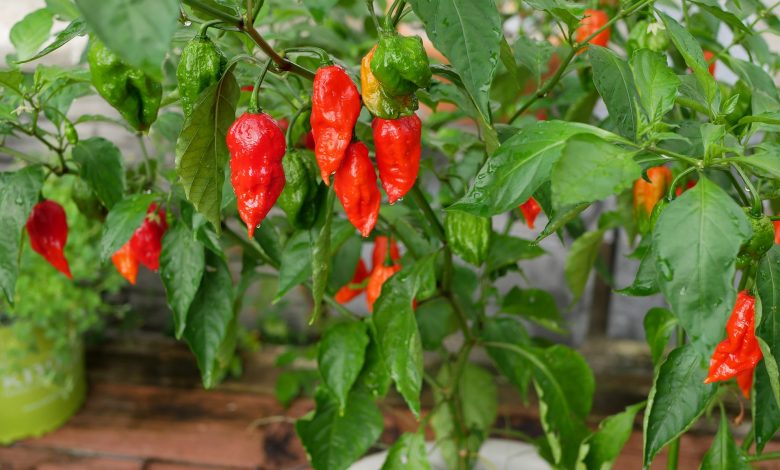
Important points when planting a Ghost Chilli:
- When? The ghost chilli plant should be planted in early spring and after the risk of frost has passed.
- Where? Ghost chilli can be planted in full sun locations and grows in flood plains.
- How do we water? Watering for the ghost chilli should be frequent with water at room temperature and not too much so as not to drown the plant.
- How often do we water? The ghost chilli pepper needs watering every 3 to 4 times during the week, taking care not to waterlog the plant.
- What care does it require? The soil or substrate for planting the ghost pepper must be fertile, rich in organic matter, or natural mixtures of lime and sand with a good drainage system.
- What pests and diseases affect you? Ghost chilli, like all solanaceous plants, can be affected by pests such as aphids, mites, caterpillars, whiteflies and nematodes, among others.
What characteristics does the ghost chilli plant have?
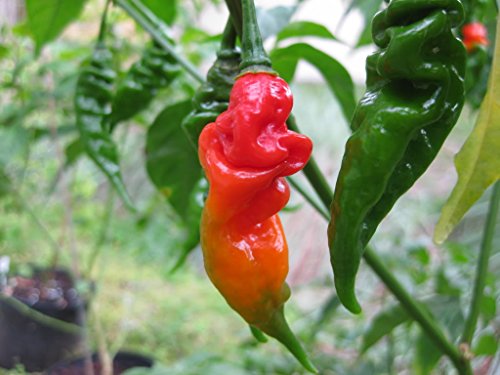 The ghost chilli (Capsicum chinense) is a branched herbaceous plant of the Solanaceae family.
The ghost chilli (Capsicum chinense) is a branched herbaceous plant of the Solanaceae family.
And one of the five domesticated species of chiles or peppers in the world.
It is an angiosperm plant that can reach 2.5 meters in height and is native to Asia, especially India, Sri Lanka and Bangladesh.
The leaves of the ghost pepper are petiolate, with petioles 2 cm long, ovate and can reach a size of up to 10 cm long by 4 cm wide. Its flowers appear forming groups of two or more specimens with 5 petals each and white.
The fruit of the ghost chilli is in the form of an oblong to globose berry and a bright and intense light red, orange and red colour. It is characterized by the fact that the fruit has a very spicy flavor, so much so that it is cataloged at degree 14 on the Scoville unit scale, published by Wikipedia.
The ghost chilli has a fast growth rate and produces many fruits from the first year of development. Like all hot plants, the ghost chilli produces a chemical known as capsaicin that gives it its level of heat.
Capsaicin is a hydrophobic compound, that is, it does not mix with water, so if you eat ghost chilli and the itching is unbearable, it is recommended to drink a glass of milk, yogurt or oil.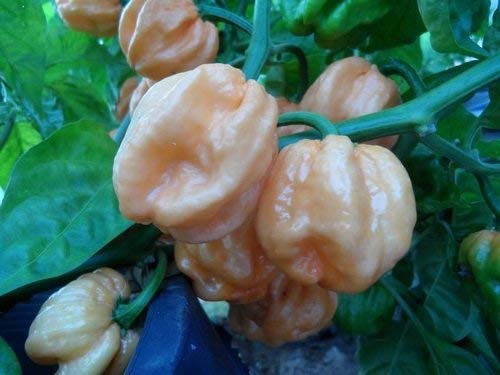
The fruit of the ghost pepper can cause inflammation of the skin and mucous membranes, difficulty breathing, as well as very intense heat.
In Spain it is known by the name of chilli pepper, but other countries such as Chile, Peru or Mexico call it «chili pepper» or «chili pepper» to distinguish it from sweet chili, sweet chili or bell pepper; varieties that are not spicy.
Worldwide, the ghost chilli is known by various names, including Naga jolokia, ghost chili, Bih jolokia and ghost pepper.
According to scholars of the matter, the ghost chilli was born in the Nagaland region of India, although the Indian state of Assam considers that the plant originated in its area.
Scientific studies of the DNA of the ghost pepper determined that the plant is an interspecific hybrid of the genera Capsicum frutescens and Capsicum chinense.
When to sow the ghost chilli pepper?
The ghost chilli plant should be planted in early spring and after the risk of frost has passed.
Its sowing will develop very well when the maximum and minimum temperatures begin to rise and its fruits will grow abundantly during the first year under warm temperatures.
Where to plant the ghost chilli?
Ghost chilli can be planted in full sun locations and grows in flood plains. Farmers plant ghost chilli in rice fields, intercropping with bamboo cane crops.
Ghost chilli can also be grown in dry and even coastal areas. At a rudimentary level it develops very well in home gardens.
How do we water the ghost chilli pepper?
Watering for the ghost chilli should be frequent with water at room temperature and not too much so as not to drown the plant.
The most important thing is to prevent the chilli substrate from drying out between irrigations, so it is recommended to establish a good mechanism that can be dripping.
How often do we water the ghost chilli pepper?
The ghost chilli pepper needs watering every 3 to 4 times during the week, taking care not to waterlog the plant.
During the winter, watering should be reduced and if the plant is outside it will take its water requirements from the rain itself.
How to sow a ghost chilli step by step?
The sowing of the ghost chilli is very simple, but it is necessary to germinate the seeds in seedbeds with universal substrate, abundant watering and location in full sun.
- Select the seedlings ready for planting, which are more than 5 cm.
- Remove them from the container very carefully so that the roots do not break.
- Choose pots with holes for drainage and 20 cm in diameter.
- Fill with universal substrate and a little vermiculite.
- Water abundantly without flooding the plant.
- Place the ghost chilli in semi-shade until it begins to grow and then place it in full sun.
- Transplant when it reaches a height of 15 or 20 cm to a new larger container or directly into the garden.
What care does the ghost chilli need?
The ghost chilli is a very undemanding plant when it comes to care for its cultivation and development. The soil or substrate for sowing the ghost pepper must be fertile, rich in organic matter, or natural mixtures of lime and sand with a good drainage system.
The pH range should be between 6.0 and 7.5, although it prefers slightly acidic soils, where iron is in soluble form.
The location of the plant should be done in places where it receives direct sunlight, a large part of the day. It is a species susceptible to water stress, so it is recommended to maintain the humidity of the substrate.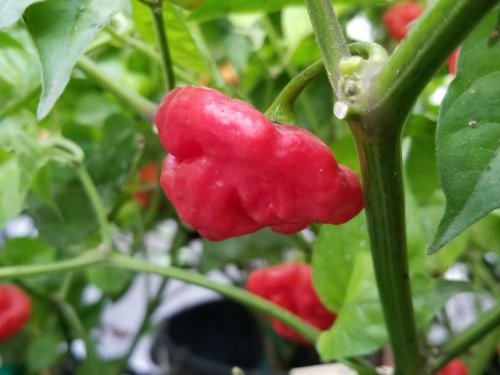
Frequent fertilization with organic liquid fertilizers is recommended to strengthen the development of the plant and its fruits. The ghost chilli is a plant that is very sensitive to very cold temperatures.
The pruning of the plant aims to increase its fruiting and production. To do this, its branches are cut, leaving only 2 or 3 main ones. It is also recommended to prune and cut the leaves that touch the ground, the stems that grow towards the interior of the plant, and the shoots on the main trunk.
It is recommended not to ingest the berries of the ghost chilli, without taking the proper precautions because they can cause irritation to the mucous membranes and membranes.
What pests and diseases affect the ghost pepper?
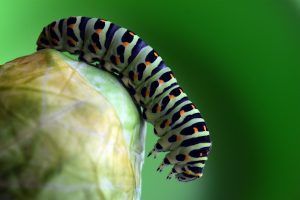 Like all solanaceous plants, it can be affected by pests such as aphids, mites, caterpillars, whiteflies and nematodes, among others.
Like all solanaceous plants, it can be affected by pests such as aphids, mites, caterpillars, whiteflies and nematodes, among others.
Diseases caused by poor irrigation management can also affect the ghost chilli pepper.
Among the diseases are those caused by bacteria and fungi: Bacteriosis (Xanthomonas campestris) , Botrytis, Sclerotinia and Oidiopsis (Leveillula taurica).
Bibliographic references
- Effect of the cultivation system on the microbiological quality of habanero chili (Capsicum chinense Jacq.) after harvest, N Lugo-Jiménez, M Carballo-Bautista… – Revista Iberoamericana…, 2010 – redalyc.org
- Metabolomics and Cultivation of Habanero Peppers (Capsicum Chinense Jacq) from the Yucatan Peninsula, IM Rodríguez Buenfil, MO Ramirez Sucre … – 2020 – ri.uagro.mx
- Evaluation of three production methods of sweet pepper seedlings (Capsicum chinense Jacq.) in Jusepín Monagas State, NJ Montaño – Bioagro, 2000 – redalyc.org
- Effect of transplant age on yield of three selections of sweet pepper (Capsicum chinense Jacq.), NJ Montaño – Bioagro, 2000 – redalyc.org
- Extraction and phosphorus requirement in habanero pepper (Capsicum chinense Jacq.)’big brother’, F NIEVES GONZALEZ, GALEJO SANTIAGO… – 2015 – dspace.uan.mx
- In vitro regeneration of arnaucho (Capsicum chinense Jacq.) from apical buds, ADH Amasifuen, AJP Lázaro, JAR Chávez… – Manglar, 2021 – erp.untumbes.edu.pe

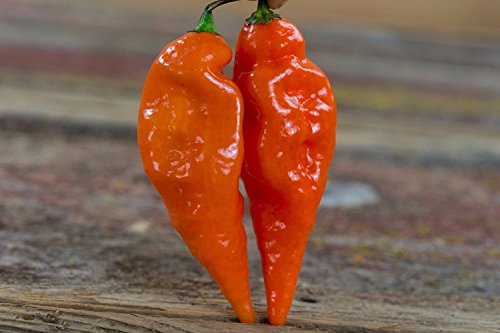
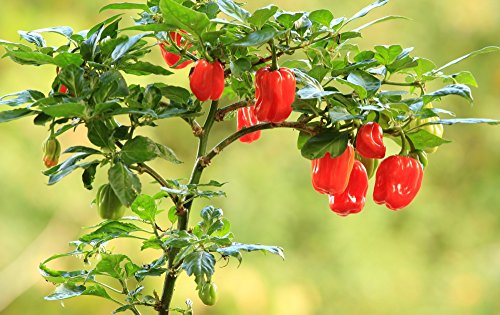
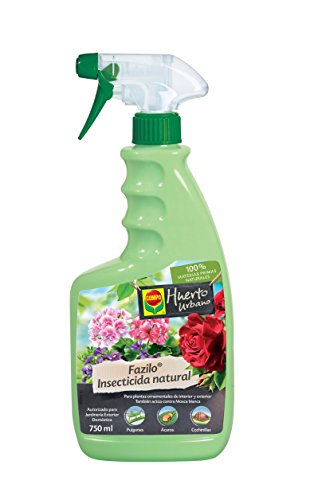
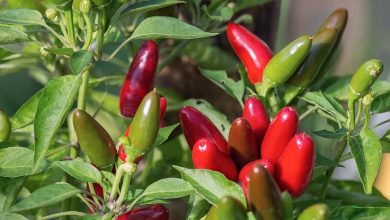
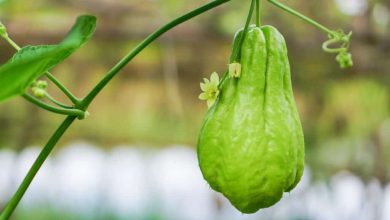
![Photo of Plant Gardenias: [Care, Planting, Irrigation, Substrate]](https://www.complete-gardening.com/wp-content/uploads/2022/08/plant-gardenias-care-planting-irrigation-substrate-390x220.jpg)
